Scientists produce a paper-like ceramic material which is as hard as copper, yet flexible enough to be rolled up or folded. The material has another advantage: it is electrically conductive.
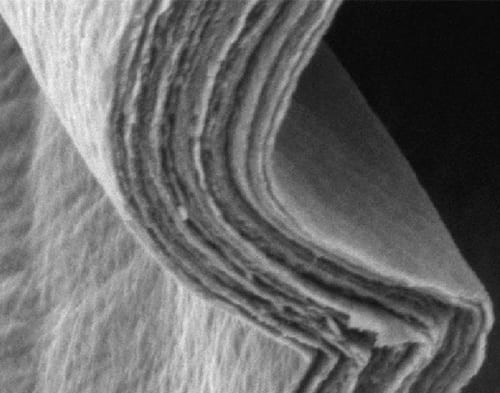

Scientists produce a paper-like ceramic material which is as hard as copper, yet flexible enough to be rolled up or folded. The material has another advantage: it is electrically conductive.
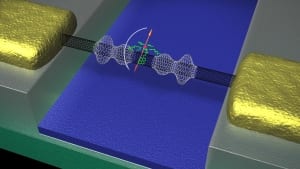
Researchers from the Karlsruhe Institute of Technology and French colleagues from Grenoble and Strasbourg build novel quantum mechanical system.
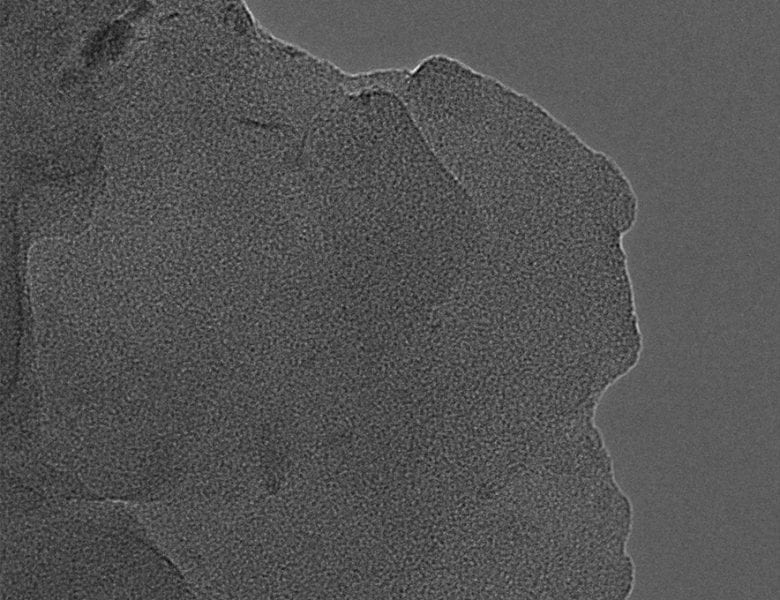
Chinese researchers report a method to coat graphene with a transition metal oxide, with the aim to create new, better electrodes for Li-ion batteries.
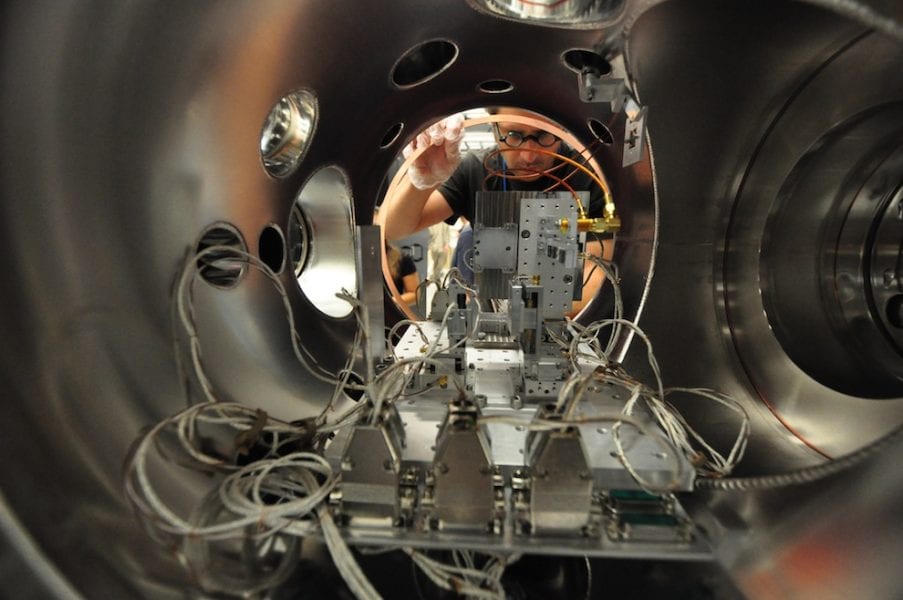
Using laser light to read and write magnetic data by quickly flipping tiny magnetic domains could help keep pace with the demand for faster computing devices.
New particles give potential approach to treating atherosclerosis and other chronic inflammatory diseases.
Perforene material is a molecular filtration solution designed to meet the growing global demand for potable water.
NIST’s heterodyne magneto-optic microwave microscope can measure collective dynamics of electrons’ spins in individual magnets as small as 100 nanometers.
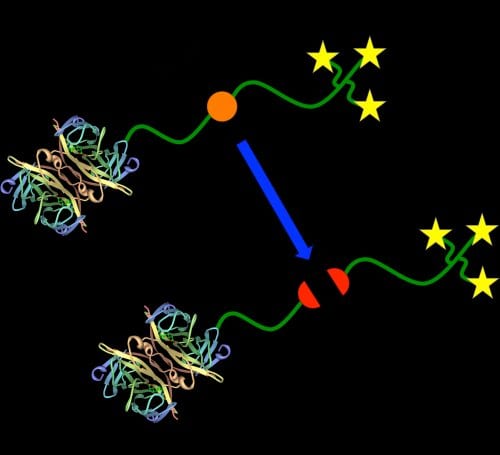
Researchers from the University of California prepared cleavable aldehyde side chain, biotin end-group polymers by RAFT polymerization.
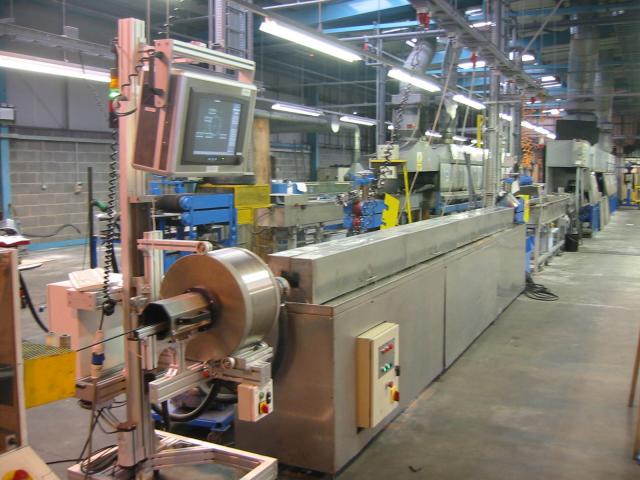
Flexi-Cell UK recently commissioned an in-line inspection system from Pixargus to document the product quality of their profiles for the automobile industry.

A new route to fabricate graphene-wrapped nanoparticles of controlled morphology has been reported.